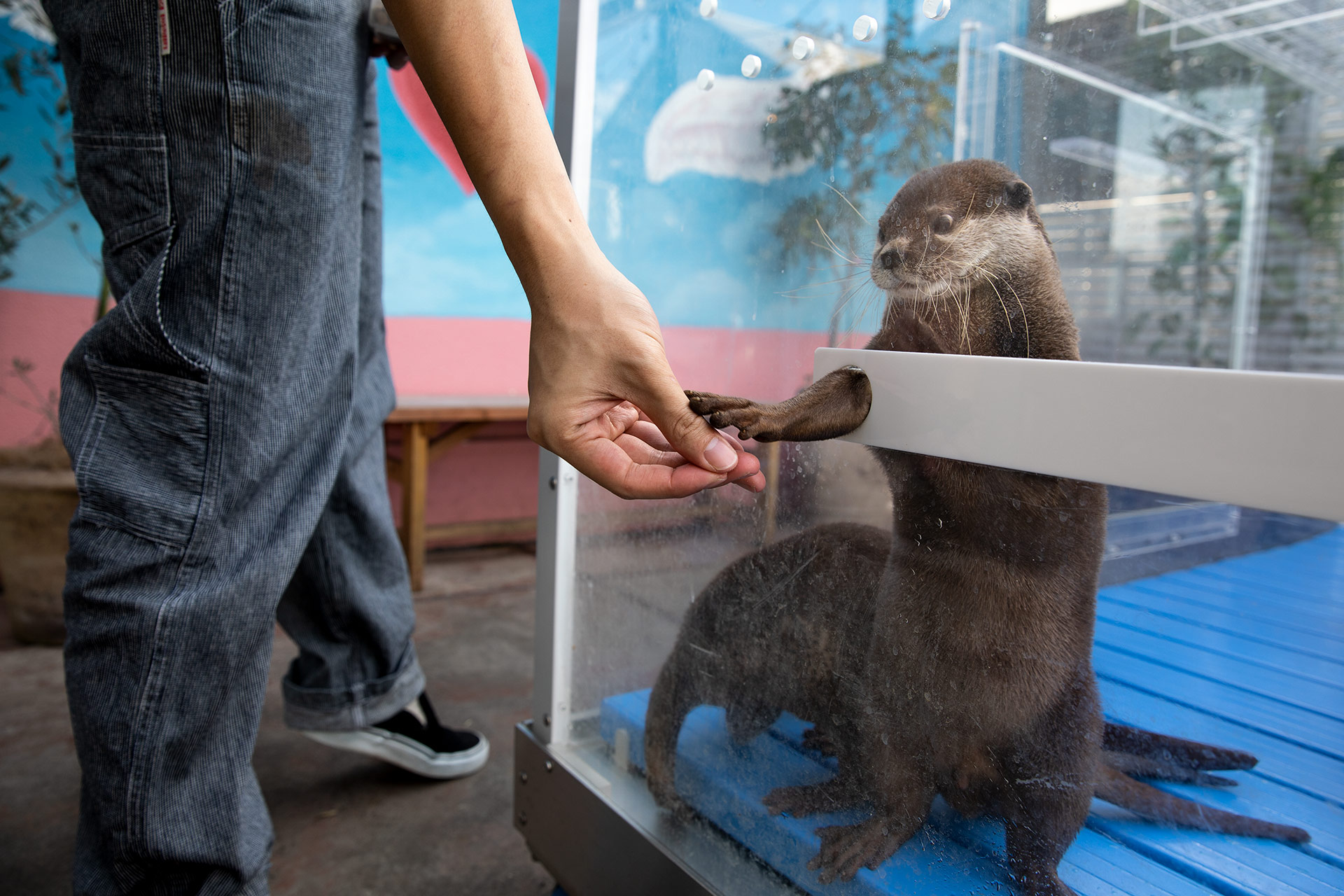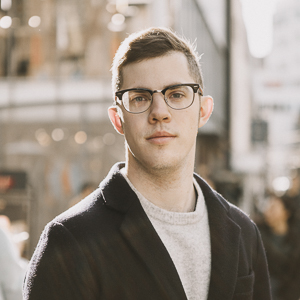



Name: Andrew Upton
Picture title: The hand that feeds
Category: Human and nature
Nationality: USA
Occupation: I am a part time photographer. I work full time as an Assistant Producer and Development Executive at Japan’s leading animation studios.
Technical information
Camera: Canon EOS 5D Mark IV
Lens: Canon EF 24-70mm f/2.8L II USM
EXIF: 1/160 sec at f/4.5, ISO 100 at 24mm
Accessories: No accessories. Handheld.
HIGHLY COMMENDED HUMAN AND NATURE
Andrew Upton | The hand that feeds
Name: Andrew Upton
Picture title: The Hand That Feeds
Category: Man and nature
Nationality: USA
Occupation: I am a part time photographer. I work full time as an Assistant Producer and Development Executive at Japan’s leading animation studios.
Technical information
Camera: Canon EOS 5D Mark IV
Lens: Canon EF 24-70mm f/2.8L II USM
EXIF: 1/160 sec at f/4.5, ISO 100 at 24mm
Accessories: No accessories. Handheld.
Andrew Upton says:
Down a busy side street in Harajuku, Tokyo, you will find Japan’s most popular otter cafe. Here, three Asian small-clawed otters (Aonyx cinereus) are kept on display in a small glass tank. In this image a staff member feeds one of the otters a snack of dry pet food. These snacks are high in salt content, and unsuited for this species whose natural diet consists of invertebrates like crabs or shellfish, supplemented by fish. According to the IUCN guidelines for the husbandry of Asian small-clawed otters in captivity, the otter’s feed times should be varied as it helps prevent the development of begging or other stereotypic behavior. Hiding food around the enclosure as scatter feeding is also recommended as it promotes the otter’s natural foraging instincts. The limited space and high concentration of otters at Japan’s otter cafés makes adequate enrichment difficult, and the constant feeding and pampering by guests and staff members has made these otters dependent on human interaction.
I did not feed or handle the animals and I spent a long time habituating them to my presence. Once the otters no longer paid attention to me I was able to become a fly on the wall, documenting the reality of life in this cafe. It was important to me that I let the otters tell their story in their own time and that my presence did not induce them to “perform” for the camera. Asian small-clawed otters are listed as Vulnerable on the IUCN Red List.


Andrew Upton
USA
I am a visual storyteller focusing on the fauna of the Japanese archipelago. My passion is for telling stories that explore the intersection of history, pop-culture, community and wildlife conservation. My long-term work focuses on the exotic/endangered pet trade, in particular documenting Japan’s long and complex history with otters.
Visual imagery and popular culture have an extraordinary power to shape society’s perception of and interactions with our wild neighbors. As such, my goal is to create images that challenge our preconceptions of the natural world, and our relationship to it. I believe that every creature on this planet has a distinct voice, and a compelling story to tell. By fostering a dialogue that bridges the gaps between subject, photographer, and viewer I seek to provide a visual language for those voices to be heard and understood.
I have a B.A. in Asian Studies and History from Hobart and William Smith Colleges and spent two years at Keio University’s Japanese Language Program in Tokyo. Currently I work full time as an Assistant Producer and Development Executive for the US office of Japan’s leading animation studio.
